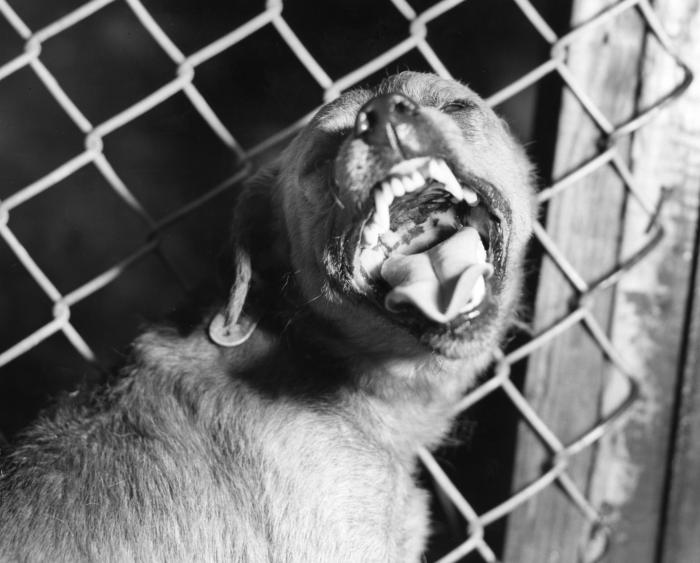In 2018 to date, South African health officials have reported 13 human rabies cases–seven cases were from KwaZulu-Natal Province and six from the Eastern Cape Province.

In addition, two other cases from Eastern Cape could not be confirmed through laboratory testing, but are considered probable cases.
The rise in the number of human rabies cases is associated with the outbreak of rabies in dogs in the KwaZulu-Natal and Eastern Cape Provinces.
This is the most human rabies reported in the country in a decade. None of the human cases confirmed in South Africa this year sought medical intervention after being bitten by a dog or cat.
Rabies is a zoonotic disease which means it is spread from animals to humans. Domestic dogs are most responsible for transmission of the virus to humans. The virus affects the brain and it is transmitted through direct animal contact involving scratches, bites or licks on mucous membranes of the lips or eyes. Importantly, transmission cannot happen through intact skin, meaning that touching, petting or being close to animals is not a risk factor for transmission. It is important to remember that animals also get sick from rabies, and animals that transmit rabies are ill and would exhibit strange behaviors (such as a friendly pet becoming aggressive).
Rabies can be prevented, but not treated. Rabies can be controlled in dogs (and cats) through rabies vaccination. This does not only provide protection to the animal but will ensure that the animal cannot contract the disease and spread it to other animals or humans. Where rabies is still reported from animals (most importantly dogs), rabies infection can be prevented through post-exposure prophylaxis. This includes thorough washing (with soap and water) of wounds and the provision of rabies vaccine and rabies antibody therapy. Rabies post-exposure prophylaxis is lifesaving.
Rabies: History, myths and diagnosis on Outbreak News This Week


